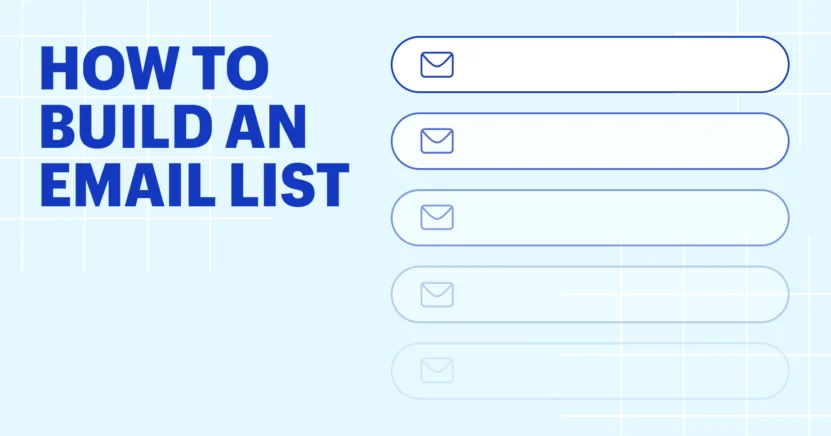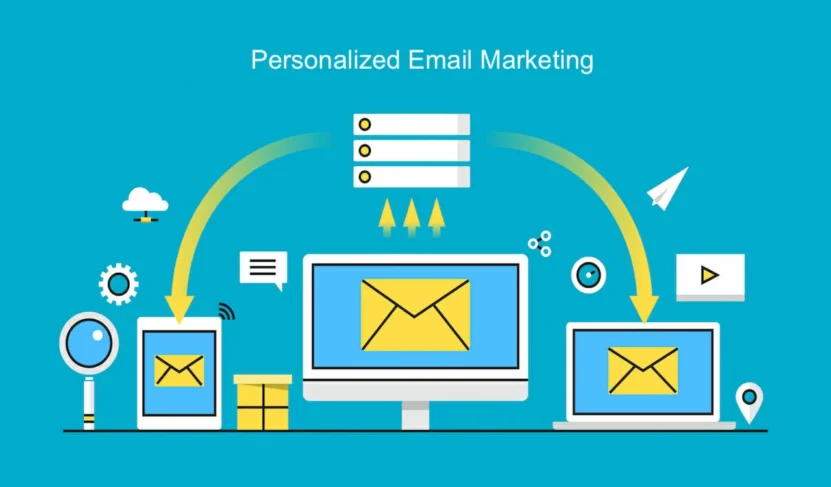Email marketing is a tried and true method of reaching out to potential customers and driving sales. However, creating an effective campaign can be daunting, especially if you’re new to the game. With so many factors to consider – from subject lines to calls to action – it’s easy to get lost in the weeds. But fear not! In this post, we’ll walk you through everything you need to know about crafting a successful email marketing campaign that will capture your audience’s attention and drive results for your business
Understanding Your Target Audience

The first step to creating an effective email marketing campaign is understanding your target audience. Your subscribers aren’t merely addresses but real individuals with distinct preferences, behaviors, and needs. Building buyer personas, or semi-fictional representations of your ideal customers with the help of growbots.com, can help you get a clear picture of your audience.
Demographics, buying behavior, personal preferences, challenges they face, and their interactions with your brand can all feed into these personas. With the personas built, you can better align your marketing strategy to meet their specific needs and interests.
An in-depth understanding of your target audience allows for a more personalized approach to communication. Each subscriber should feel that your emails are created specifically for them. Tailoring your content based on their preferences increases engagement, opens, clicks, and conversions.
Tools such as customer relationship management (CRM) systems can help you organize and analyze customer data effectively. However, it’s crucial to ensure that your data collection methods respect privacy laws such as GDPR.
Building a High-Quality Email List

Creating a successful campaign starts with a high-quality email list. A good list is made up of engaged subscribers who have willingly opted in to receive your emails. In fact, a smaller, more engaged list will often outperform a larger, less engaged list.
To build such a list, start with clear and compelling calls to action (CTAs) on your website, social media channels, and other customer touchpoints. The clearer the value proposition, the higher the chances of a visitor opting in.
Incentivizing subscription is another effective tactic. Offering a discount on the first purchase, access to exclusive content, or a free ebook or guide in exchange for an address can be very persuasive. Not only does this practice grow your list, but it also establishes an initial positive experience with your brand. However, remember to maintain transparency and ensure your audience is aware they’re subscribing to your emails.
Crafting Compelling Content
The content of your emails should be engaging, and relevant, and provide value to the recipient. This means understanding what your audience values and crafting content that reflects this. Perhaps they appreciate educational content that helps them solve a problem, or maybe they prefer news and updates about your products or services. In any case, your content should always speak directly to your audience’s needs and interests.
Next, ensure your content aligns with your brand voice and image. Consistency is crucial in building brand recognition and trust among your audience. Whether your brand voice is formal, friendly, or whimsical, it should be recognizable in every email you send. Additionally, include a clear and compelling call to action (CTA) in each message. Your CTA should direct recipients towards a specific action, such as visiting your website, making a purchase, or reading a blog post.
Lastly, keep in mind the importance of brevity and readability in your emails. In today’s fast-paced world, people often skim rather than read. Break your content into easily digestible chunks, use bullet points or numbered lists, and include visual aids when possible. Keeping your messages concise and engaging will help keep your audience interested and increase the chances of them taking the desired action.
Designing Visually Appealing Emails

Visual design can make or break your marketing campaign. The aesthetics of your emails need to be appealing and reflective of your brand. The design should enhance your message, not distract from it. Striking the balance between visual elements and text can improve readability and engagement. Consider elements such as layout, color schemes, fonts, and the use of images or graphics.
Remember that a significant number of your subscribers will be viewing your emails on a mobile device. Responsive design, which adjusts the layout and size of your email to fit the screen it’s viewed on, is therefore crucial. Ensure that your messages look just as good on a small mobile screen as they do on a desktop.
Lastly, don’t overlook the importance of accessibility in design. Ensure your emails are accessible to all subscribers, including those with visual impairments. This means using alt text for images, high contrast between text and background, and clear, readable fonts. An accessible design not only meets ethical and potentially legal standards but also widens your audience reach.
Personalizing Campaigns

Personalization has become a key aspect of effective email marketing. It goes beyond simply inserting the subscriber’s name in the message. It’s about delivering content that is tailored to the recipient’s interests, behavior, and position in the customer journey. Personalized emails significantly improve open rates, click-through rates, and conversions.
Segmentation plays a significant role in personalization. By grouping your subscribers based on shared characteristics, you can deliver tailored content that resonates with each group. Advanced personalization techniques, like dynamic content, allow for even more tailored emails. Dynamic content changes based on the recipient’s characteristics, meaning each subscriber can receive a unique email.
Optimizing Subject Lines
The subject line of your email is often the deciding factor for whether an email is opened or ignored. As such, crafting compelling subject lines is an essential step in your marketing campaign. A good subject line should pique curiosity, create urgency, or offer value, compelling the recipient to open the email.
Personalization can also be applied to your email subject lines. Using the recipient’s name or referencing a recent purchase or behavior can improve open rates. However, keep in mind that every audience is different, so what works for one may not work for another.
This is where A/B testing comes in. By testing different subject lines with a portion of your audience, you can identify which type of subject lines work best for your audience. This continual process of testing and optimizing is crucial to improve your email marketing performance over time.
Analyzing and Measuring Campaign Performance

The final step in creating an effective campaign is measuring and analyzing performance. Key metrics to monitor include open rates, click-through rates, conversion rates, bounce rates, and unsubscribe rates. These metrics give you insight into how well your messages are performing and where there’s room for improvement.
Regular analysis of these metrics allows you to adjust your strategy as needed. For example, if your emails have high open rates but low click-through rates, this may suggest that your content or CTAs are not compelling enough to drive engagement.
Additionally, it’s essential to understand the return on investment (ROI) of your campaigns. This involves calculating the revenue generated from your campaigns and comparing it to the costs involved in running them. Understanding your email marketing ROI can help justify your marketing spending and guide future budgeting decisions.
Wrapping Up
Remember, creating an effective campaign is a continual process of testing, analyzing, and optimizing. Stay tuned to your audience’s needs, keep up-to-date with marketing best practices, and continually strive to improve. The world of email marketing is ever-evolving, but with a well-thought-out strategy and a customer-centric approach, you can build effective campaigns that drive results.
